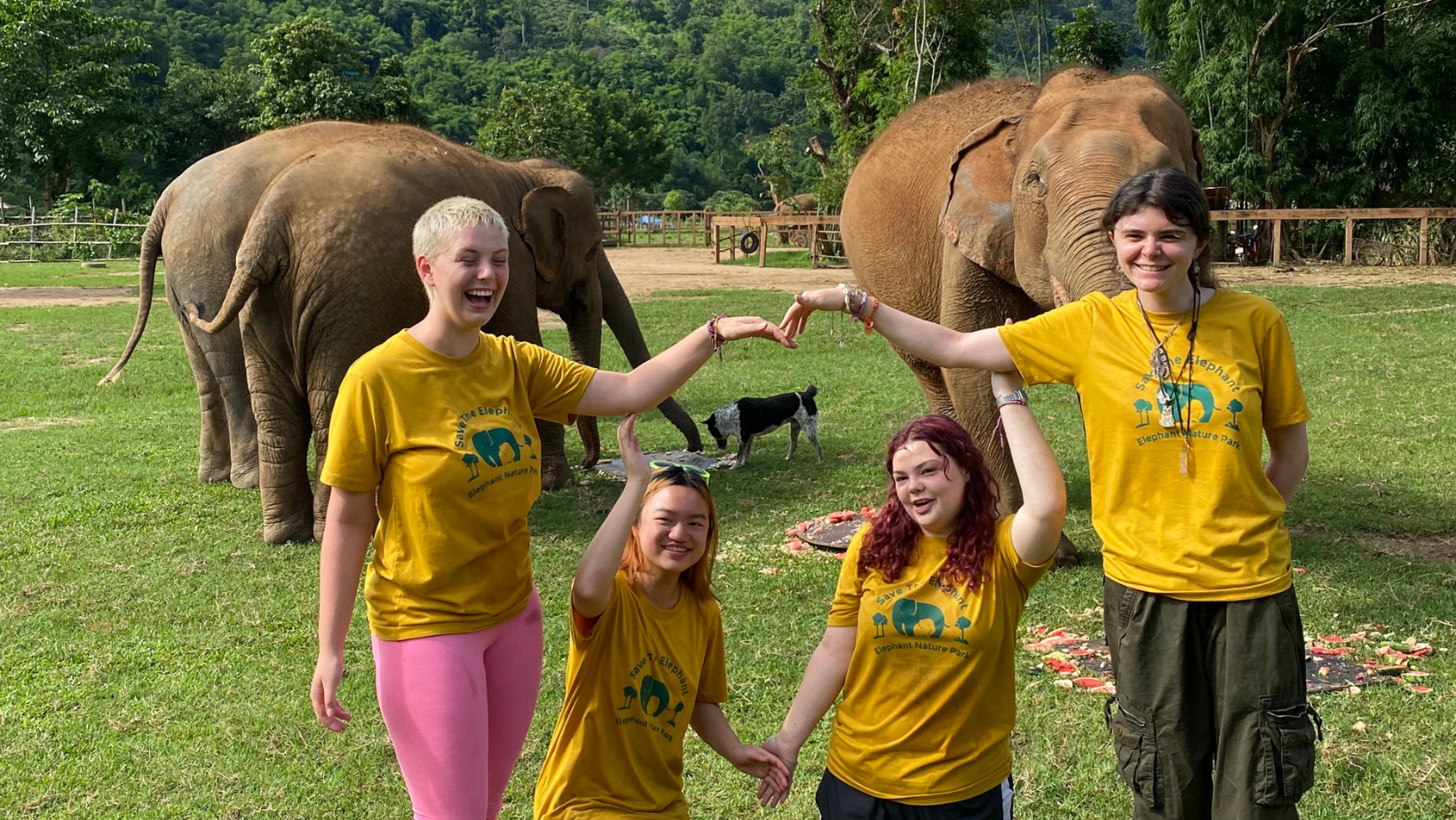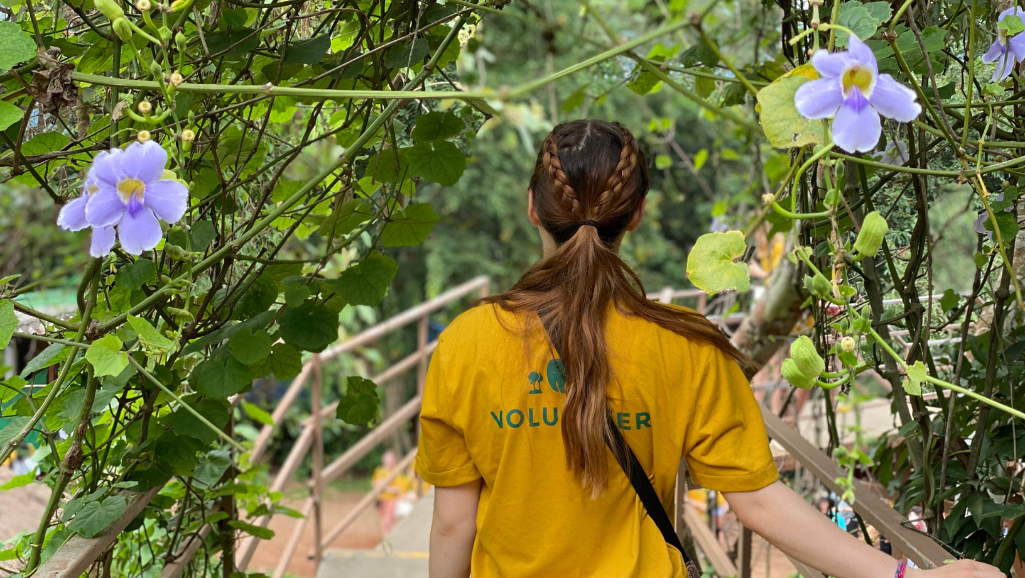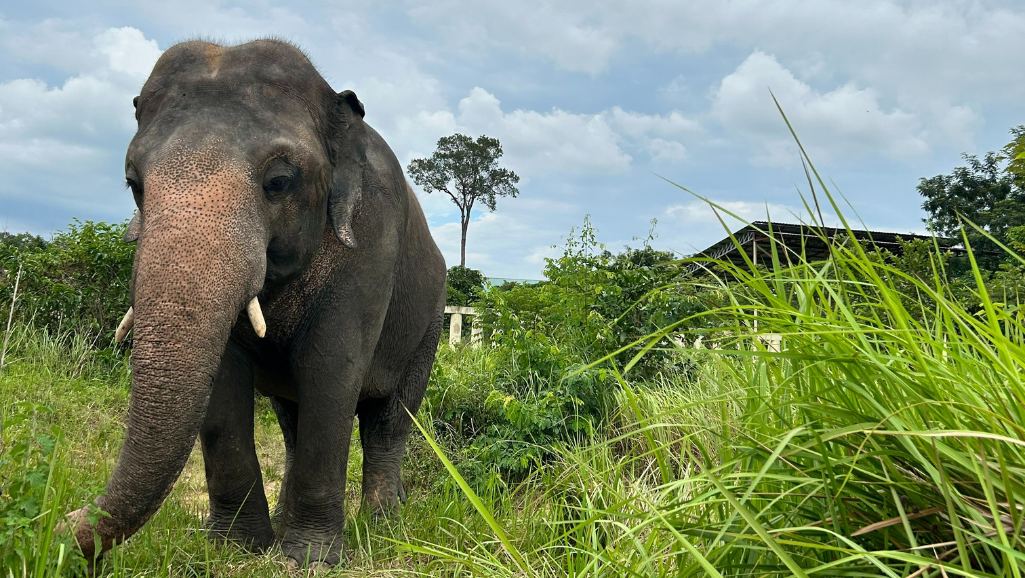#saynotoridingelephants
Most people who dream about travelling around South-East Asia, dream about getting that amazing shot for Instagram of them up close and personal with an elephant. But have you thought about the impact that this has on the animal, or how this animal has been treated in order for it to become comfortable in your presence?
There is thought to be close to 4,000 working elephants across South-East Asia. Although a recent drive towards ‘ethical tourism’ and numerous campaigns against riding elephants has been a step in the right direction, the tourism industry still poses a huge threat to the Asian Elephant. With this in mind, we wanted to give you a few pointers on how you can have a sustainable and ethical travel experience, but also get that social media moment you’ve been dreaming of:
Do your research!
If you’re looking to visit an elephant park or sanctuary in South-East Asia (or anywhere in the world for that matter) then please take your time to do some research first... that all starts here! Obviously, anywhere advertising elephant riding is a huge no! But you should also be cautious of parks that offer multiple opportunities to physically touch the elephants. We know, this might ruin your Instagram moment, but we guarantee that there will still be plenty of amazing photo and video opportunities. Just try and think from the animal’s perspective, is it normal behaviour for them to be so comfortable with a human touching them? This could not only be a sign of mistreatment in their past, but it could also be a sign of continued mistreatment behind the scenes, or it could be disruptive of their road to rehabilitation. Once an elephant has been trained and kept in captivity for so long, it is highly unlikely that they will have the skills to successfully live in the wild again (especially those who have been captured in their early years). Their life at a sanctuary is therefore, the closest that they will get to freedom, and as Global Citizens and sustainable travellers you have the opportunity to impact that. We need to be conscious of the difference between what has been normalised for our benefit and what is normal for the elephant.

Watch Love and Bananas!
Pre-Warning: you are likely to shed a tear! Love and Bananas is an incredible story of an elephant’s journey to a life of love and freedom from abuse. This is a chilling and emotional documentary, but it gives a huge insight into the level of cruelty and mistreatment that is inflicted on elephants, in order to make them compliant to human demands. It is important to watch as part of your research, as it highlights some of the behaviours that have been normalised in an attempt to cover up the abuse that the animals face. One thing that you might have heard of already, is the motion of elephants swaying on the spot (usually when they’re tied to something or kept in a small enclosure; limiting their movements) – it is often described to us as the elephant’s swaying themselves to sleep, but it’s actually a sign of the animal’s distress. There are numerous examples such as this that are indicative of animal cruelty, and Love and Bananas gives a raw, honest and eye-opening report on this.
Although an emotional documentary, it is also one of hope and change. It is nothing less than inspiring, as it showcases an alternative side of the tourism industry that would allow both economic growth and a life free from cruelty for those elephants in captivity. It is the perfect example of how one person can ignite change and make a huge impact on the lives of others (even if those ‘others’ are elephants). This is a must see!

Look beyond the photo op!
Try and think about this (ONCE IN A LIFETIME) experience as more than just a photo opportunity. We strongly recommend that you use this as a chance to grow in your role as a Global Citizen. Beyond the photos and videos is an awesome opportunity to learn about the elephants, their treatment, lives and journeys. If you’re adding an elephant experience to your travel bucket list, then why not start looking into more ways to contribute to the sanctuary other than just the entry fee. There are so many options! For example, if you’ve done your research and trust the sanctuary is putting the needs of the animals first, then you could fundraise to make a donation while you are there, or you could opt for a more hands on experience and donate your time to the sanctuary (food gathering and preparation, maintenance and landscaping take an army of people when caring for animals of this size!). Let’s take this moment to consider Sustainable Development Goal 15: Life on Land, as Global Citizenship is not only about working towards a fairer world for every human, but also about making a fairer world for all species.
If you’re ready to take that next step, you might want to check out our Thailand Elephant and Hill Tribes Challenge as one example of how to do so.

"The elephant sanctuary was an amazing experience that I will never forget. It was so much fun but also very educational on the reality of the tourist industry and how elephants are abused. This trip has taught me so much, that I will now be using going forward in my life back home in England." Global Citizen, Emma, Elephant and Hill Tribes Challenge.
Use your photo op!
No matter what kind of experience you’re looking for, you will 100% leave with a camera roll full of photos and videos. This leaves you with plenty of opportunities to share your experience and raise awareness of the threats faced by the elephant population. It’s a chance to join a global movement, use your voice and become a changemaker (sounds exciting right?!). So, here’s our top tip within a top tip: choose a photo, choose a story, and share it on as many platforms and with as many people as you can. Remember, a lot of behaviours have been normalised by the tourism industry – you might not have ever thought about the meaning and implications behind touching an elephant before reading this, so you need to act with the mindset that some people don’t view certain actions as animal cruelty, as they haven’t been made aware of the reality of what’s behind the scenes. It’s important to share your experiences, share your knowledge and understanding, and hope that others can learn from it as well. Through education and awareness, more people will become empowered to make sustainable and ethical decisions as they plan their South-East Asian adventure, and you could be the one the make that happen!
We’ll leave you with this thought... one candle can be used to light a thousand candles, and you could be that one candle that helps to ignite change.
If you've got any more pointers on how to have a sustainable and ethical travel experience, please share it with us on Instagram! @challengesabroad





